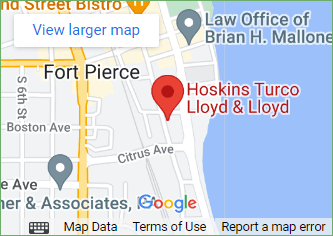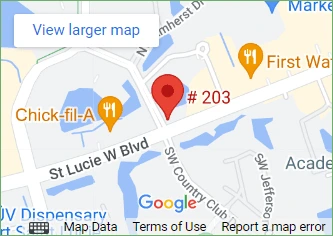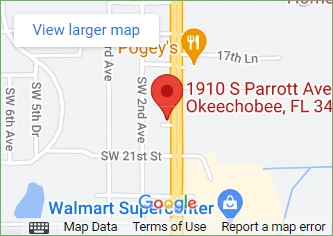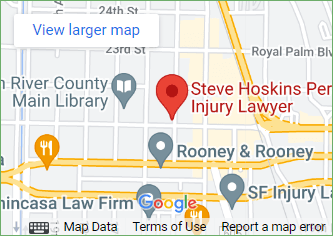
(Photo courtesy: SMH.com)
It’s a Sunday afternoon, and your son injures an ankle while skateboarding. Or the cold your daughter has been fighting all week is suddenly worse, and now she has a fever. These are situations that nearly every parent has experienced, and, chances are, the pediatrician’s office is closed over the weekend. So where do you take your child for care?
While some parents may rush to the emergency room, many others are now turning to a new and growing option in community health care: urgent care centers. With extended hours and a walk-in policy, urgent care facilities are designed to offer quick medical attention for acute non-life-threatening problems that are beyond the scope or availability of the primary care physician.
According to the American Academy of Urgent Care Medicine, there are more than 9,300 urgent care centers in the U.S., a number growing by the rate of 300 new clinics each year. For many patients, urgent care centers are the main place to go for care—especially on weekends or evenings when their primary-care physicians do not have office hours. In fact, only 29% of primary care doctors have after-hours coverage.
Urgent care centers are advantageous in other ways. The wait time to see a provider is typically half an hour or less, compared to multi-hour wait time in many emergency rooms. In addition, most urgent care centers offer in-house radiology imaging, blood work, lab tests, and treatments for the common cold, flu, earaches, infections, minor wounds, sprains and strains, and simple fractures. Employers, insurers, and other payers also benefit from urgent care centers because the co-pay is often a fraction of an emergency room co-pay.
Many urgent care centers offer websites where parents can recheck wait times and register prior to arrival. Just as no two hospitals are alike, neither are any two urgent care centers. Some are privately run, while others are physician, corporate, or hospital-owned and sometimes offer different services. Some even specialize in pediatric care. Parents should first seek the advice of their physician or call ahead and find out whether a center has the services the child needs.
When to go to the ER or call 911 (From the National Association for Ambulatory Care)
Chest pains or signs of a heart attack
Stroke symptoms—sudden loss of vision or blurred vision
Difficulty breathing
Severe bleeding or head trauma
Severe pain
Loss of consciousness, seizures
Compound bone fractures
When to go to urgent care centers
Minor burns, injuries, cuts or wounds
Sprains or strains
Fevers, vomiting, diarrhea
Simple bone fractures
Non-life-threatening allergic reactions, rashes or animal bites
Non-severe asthma attacks




